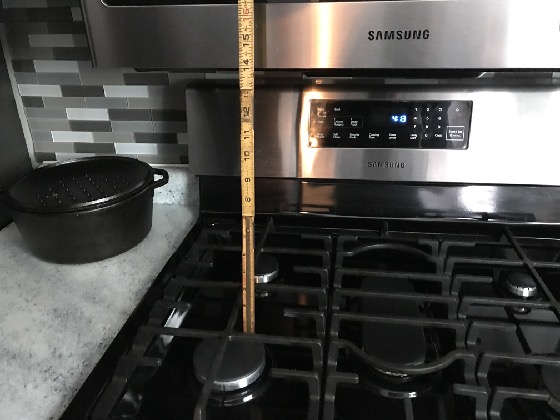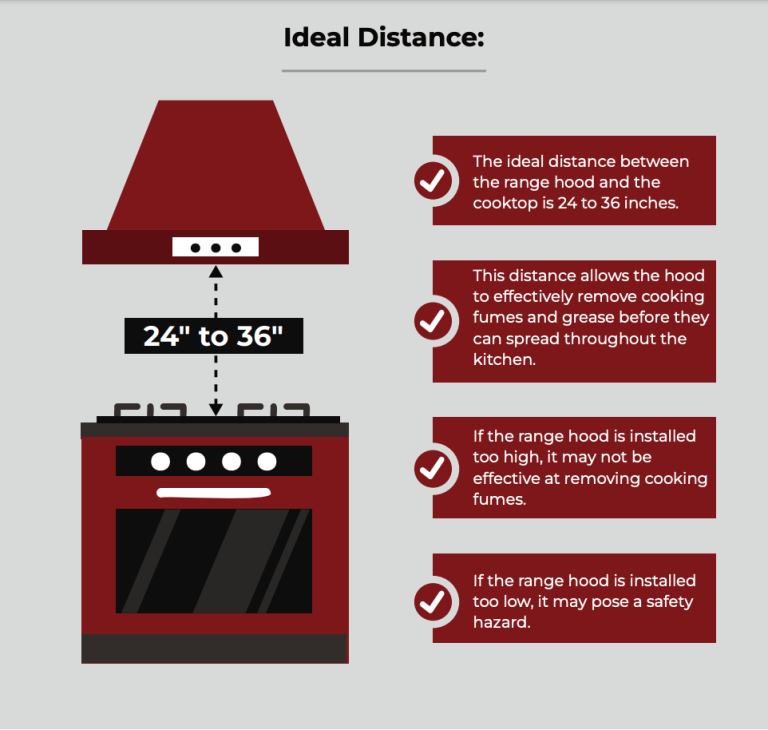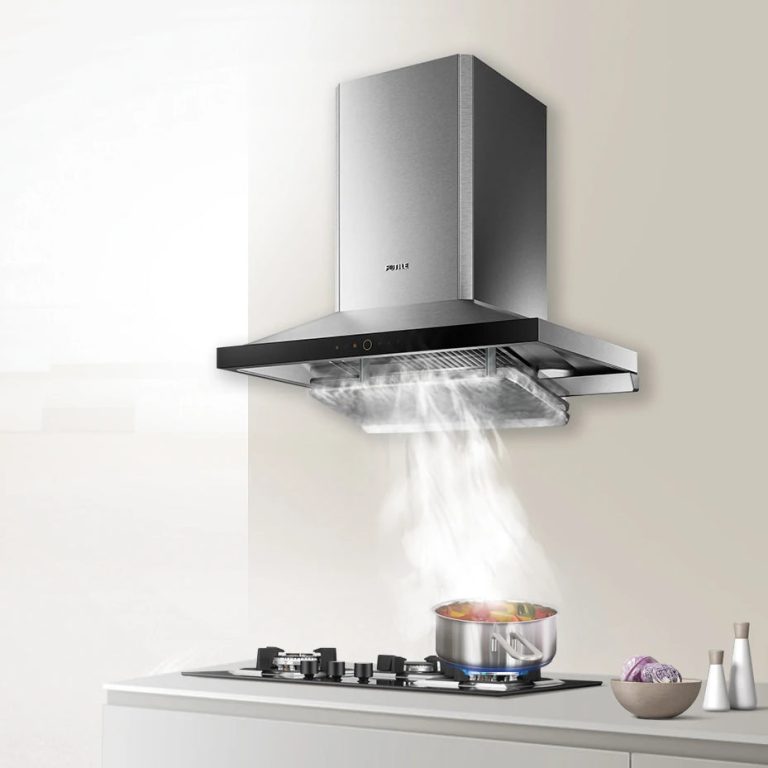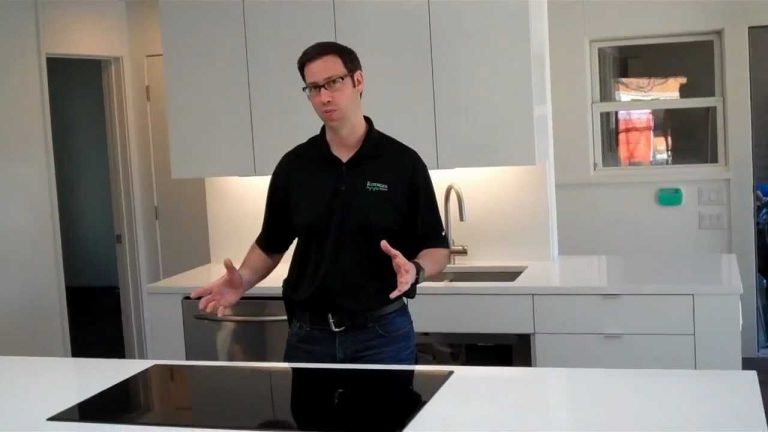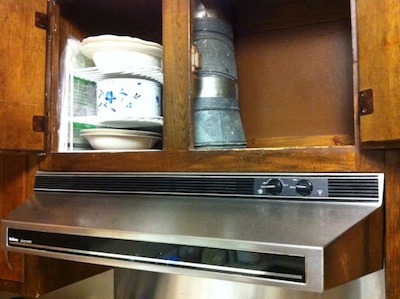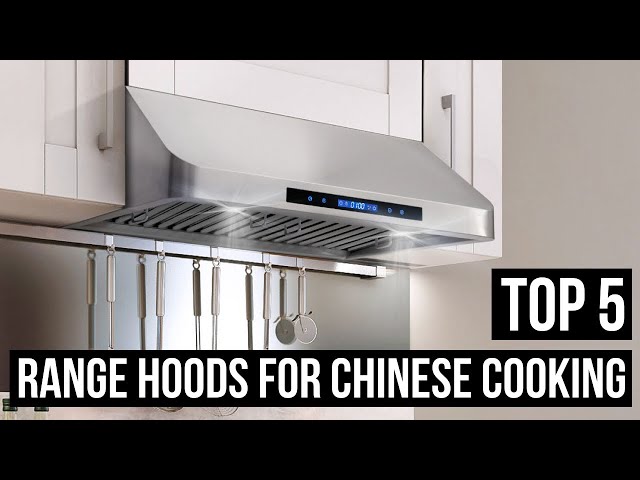The minimum distance from a gas cooktop to a range hood is typically 30 inches. This measurement ensures proper ventilation and safety.
Choosing the right distance between your gas cooktop and range hood is essential for effective cooking and safety. Proper clearance allows for optimal airflow, preventing smoke and odors from lingering in your kitchen. It also minimizes the risk of fire hazards and ensures that the hood can effectively capture heat, steam, and grease.
Building codes and manufacturer guidelines often recommend a minimum of 30 inches to ensure functionality. Adhering to these standards not only enhances your cooking experience but also contributes to a safer kitchen environment. Understanding these requirements helps you make informed decisions when designing your kitchen space.
Importance Of Proper Installation
Proper installation of a gas cooktop and range hood is very important. Safety hazards can arise if the minimum distance is not maintained. Flames and heat from the cooktop need enough space to avoid accidents. Too close, and there might be a risk of fires or burns. Proper spacing also helps in efficient ventilation. This removes smoke and odors effectively, making cooking more pleasant.
Optimal spacing can also improve the lifespan of your appliances. When installed correctly, both the cooktop and hood function better. This means less wear and tear. Following manufacturer guidelines ensures safety and efficiency. Always check the specifications before installation.
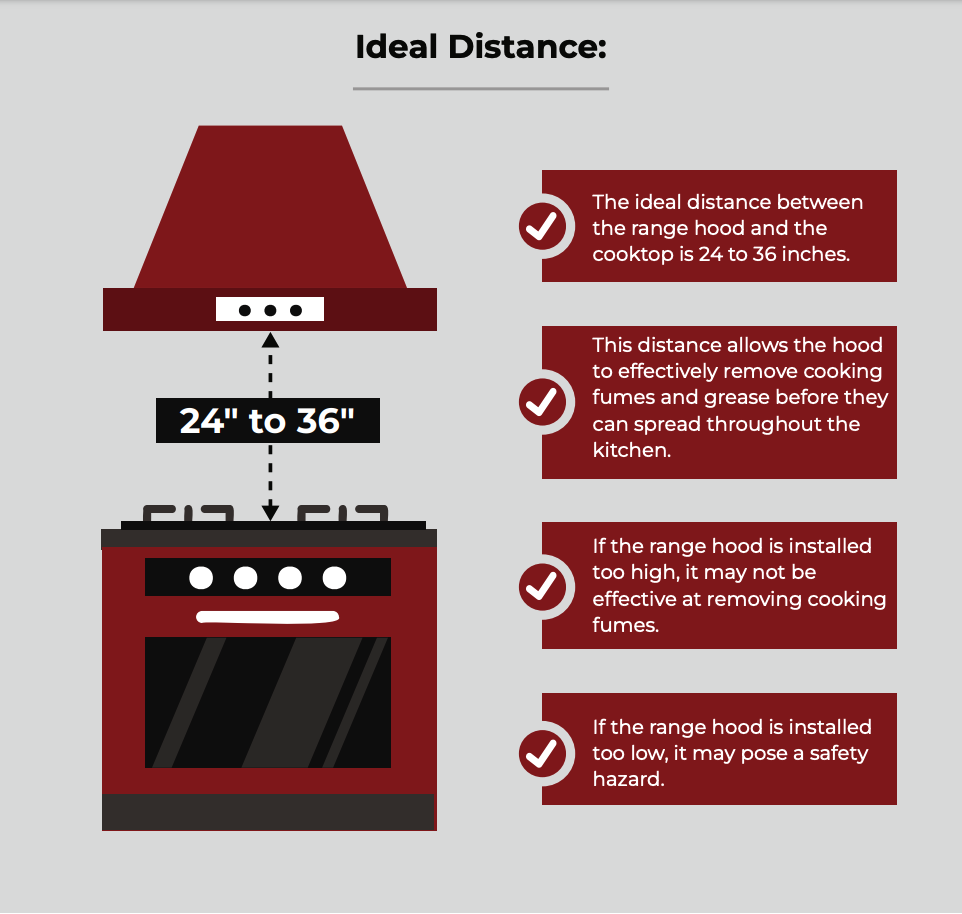
Credit: www.worldcoppersmith.com
Regulatory Guidelines And Codes
Understanding regulatory guidelines is crucial for kitchen safety. National standards often dictate the minimum distance between a gas cooktop and a range hood. This distance varies, but it generally falls between 24 to 30 inches. Always check local building codes for specific requirements.
Local codes may have stricter rules than national ones. Compliance ensures proper ventilation and safety. Ignoring these guidelines can lead to hazards like fires or poor air quality. Always consult a professional for accurate measurements.
| Standard | Minimum Distance |
|---|---|
| National Standards | 24 to 30 inches |
| Local Codes | Varies by region |
Measuring The Minimum Distance
To measure the minimum distance from a gas cooktop to a range hood, gather some essential tools. You will need a measuring tape, a level, and a notepad to record measurements.
Follow these steps for accurate measurement:
- Start by measuring the height of the gas cooktop from the floor.
- Next, determine the height of the range hood above the cooktop.
- Ensure the range hood is at least 30 inches above the cooktop.
- Use a level to check if the hood is straight.
- Write down all measurements for future reference.
Factors Influencing Distance Requirements
The type and size of your cooktop play a big role in distance needs. A larger cooktop requires more space from the range hood. Gas cooktops produce more heat and need proper ventilation. This helps prevent smoke and odors in your kitchen.
The capacity of your range hood is also important. Higher capacity hoods can be installed closer to the cooktop. They effectively capture smoke and grease. A lower capacity hood needs more distance to work well. Always check the manufacturer’s guidelines for the best results.
Installation Tips For Range Hoods
Choosing between DIY and professional installation for your range hood is crucial. DIY installation can save money but requires careful planning and skills. Measure your space accurately to ensure a proper fit. Follow the manufacturer’s instructions closely for best results.
Hiring a professional guarantees a safe and efficient installation. Experts know local codes and regulations. They can also help with ventilation needs and proper ducting. This often leads to better air quality in your kitchen.
Proper ventilation is key for a functional kitchen. It helps remove smoke, steam, and odors. A well-installed range hood keeps your cooking area clean and comfortable. Always choose a range hood that fits your cooking style and kitchen size.
Maintenance For Safety And Efficiency
Maintaining your gas cooktop and range hood is crucial for safety. A regular cleaning routine helps keep your kitchen safe and efficient. Clean the range hood filters every month. This prevents grease buildup that can cause fires.
Check the cooktop for spills and stains after every use. Wipe it down with a gentle cleaner. Make sure to keep the area around both appliances free of clutter. This ensures proper airflow and reduces fire risks.
Sometimes, professional help is necessary. Seek assistance if you notice strange noises or smells. If the range hood isn’t functioning well, call an expert. Regular inspections can save you money and ensure safety.
Common Mistakes To Avoid
Ignoring manufacturer instructions can lead to serious safety issues. Each gas cooktop and range hood has specific guidelines. Following these guidelines ensures safe operation.
Neglecting local regulations can also create problems. Local codes often have strict rules for installation. These rules help prevent fires and ensure proper ventilation.
Always check both the manufacturer’s guidelines and local regulations. This practice protects your home and family. It also ensures the appliances work efficiently.
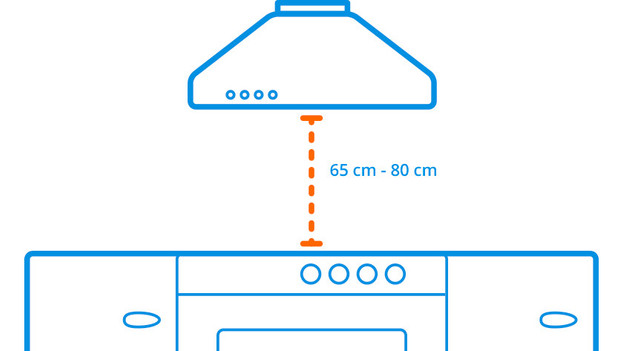
Credit: www.coolblue.nl
Upgrades And Considerations For Older Kitchens
Upgrading an older kitchen often requires assessing ventilation needs. Proper ventilation is key for safety and comfort. A gas cooktop needs a range hood to effectively remove smoke and odors. The minimum distance from the cooktop to the range hood is crucial. This distance ensures the hood works well without causing accidents.
Consider retrofitting options for better airflow. Choose a ducted range hood for efficient ventilation. If ducts are not possible, opt for a ductless model with a charcoal filter. Measuring your kitchen space helps in selecting the right size and type of hood. Always check local codes for specific distance requirements.

Credit: forum.nachi.org
Frequently Asked Questions
What Is The Minimum Distance For A Gas Cooktop?
The minimum distance from a gas cooktop to the range hood is typically 30 inches. This ensures proper ventilation and reduces fire hazards. Always consult local building codes, as regulations may vary. Adequate spacing improves efficiency and safety while cooking.
Why Is Distance Important Between Cooktop And Hood?
Maintaining the correct distance enhances ventilation efficiency. It prevents heat buildup and reduces fire risks. Proper spacing allows the range hood to effectively capture smoke and odors. This ensures a safer cooking environment and prolongs the life of both appliances.
Can I Install A Hood Lower Than Recommended?
Installing a range hood lower than recommended is not advisable. It can lead to inadequate ventilation and increased fire hazards. Additionally, it may obstruct cooking and cause discomfort. Always adhere to manufacturer guidelines for the best results.
How To Measure The Distance Correctly?
To measure the distance, start from the cooking surface to the bottom of the range hood. Use a tape measure for accuracy. Ensure the measurement aligns with manufacturer guidelines and local codes. Accurate measurements ensure optimal performance and safety.
Conclusion
Choosing the right minimum distance between your gas cooktop and range hood is crucial for safety and efficiency. Proper installation ensures effective ventilation and reduces fire hazards. Always follow manufacturer guidelines for optimal performance. A well-placed range hood enhances your cooking experience and keeps your kitchen air clean and fresh.
